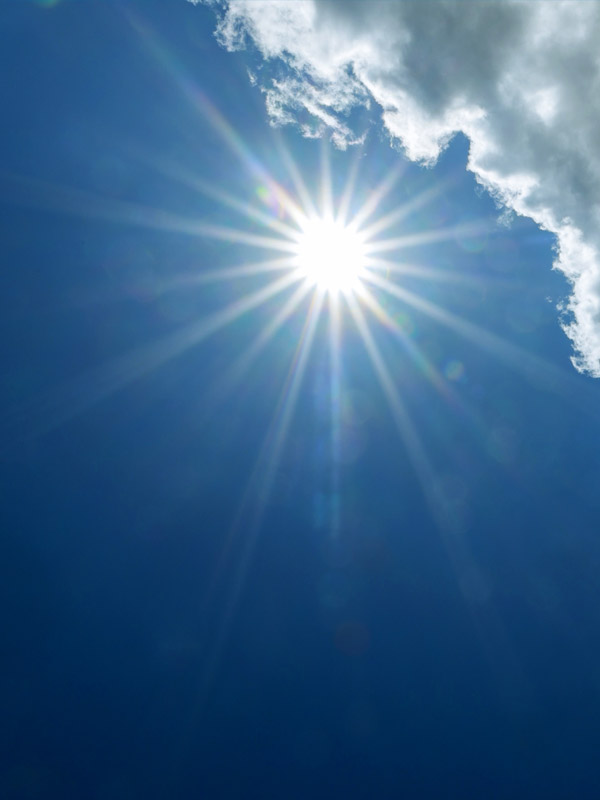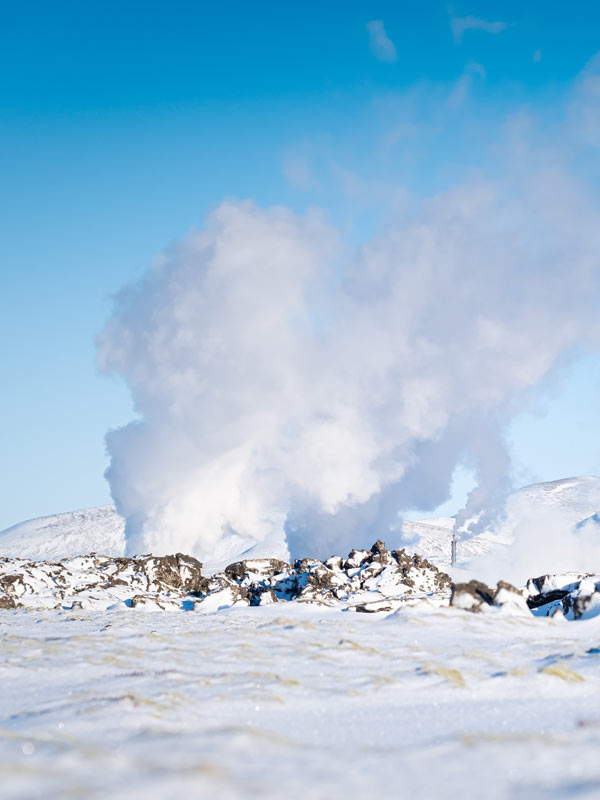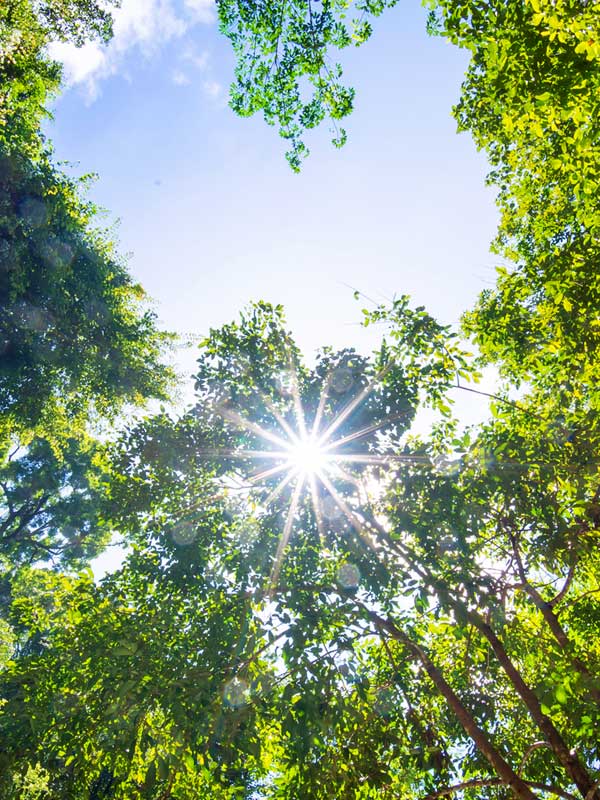Solar Frontier Next Generation Products & Solutions
Wir arbeiten an den Energie-Lösungen für morgen.
Forschung und Entwicklung
Wir vereinen Forschung und Entwicklung für effektive und umweltfreundliche Lösungen im Bereich der erneuerbaren Energien.
Unsere angewandte Energieforschung und -Entwicklung konzentriert sich auf innovative Energie-Lösungen und verfolgt dabei einen technologieoffenen Ansatz.
Unsere Unternehmens-Philosophie, -Prozesse und das vorhandene Kapital ermöglichen uns, ein breites Spektrum an innovativen Technologien zu evaluieren, um die besten schnell zur Marktreife zu bringen.
Solar Frontier Europe wird innovative und umweltfreundliche Lösungen der Energiewende beitragen.




